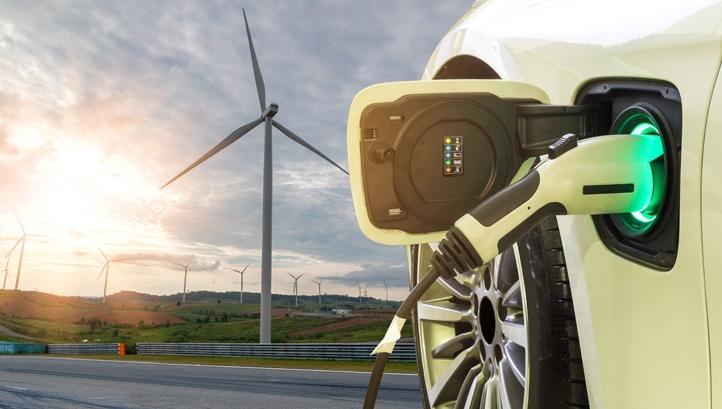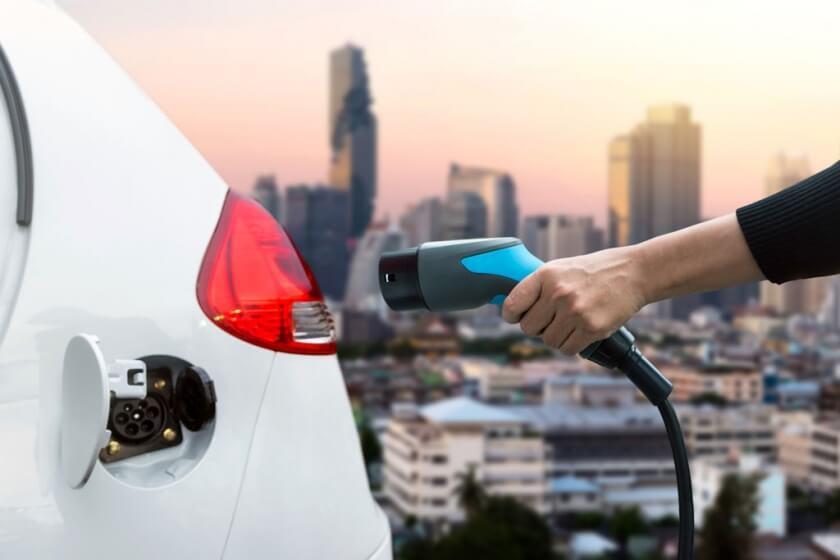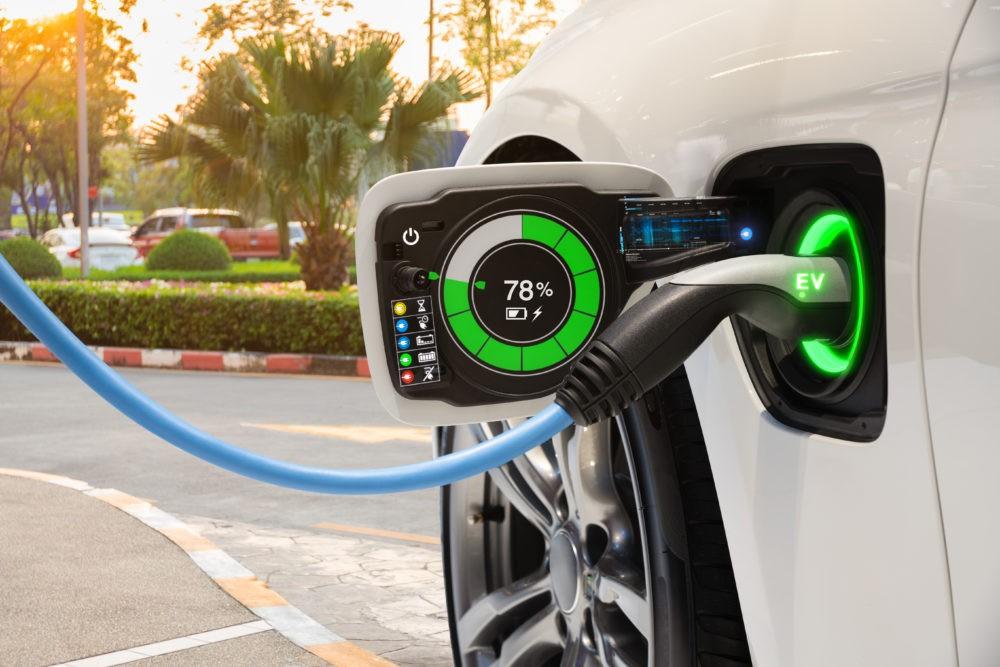Estimating an IoT Product. EVSE Development — Part 2


Let’s continue where we took off in the first part of the article right away. After the MVP the next stage is the development of the final product sample. If a customer wants to change the requirements upon the MVP review, the wise decision is to do that before this stage begins. Implementation of all device use cases and integration of all peripherals for EV charging station may take about 5 months.
And it requires the following team line-up:
- Embedded System Engineer (project architecture, FW development, system parts integration, troubleshooting of the complex HW/SW issues)
- Hardware Engineer (schematics and PCB design, prototype bring-ups, test bench design for test automation and QA);
- QA Engineer, half-time (test automation and QA, manual device testing)
- Mechanical Engineer, half-time (device enclosure design).

The development process also assumes few intermediate device prototypes to fix all unexpected (uncovered) HW issues or fulfill ongoing requirement changes (for example, Ethernet replacement with 4G/LTE-M).
At this stage, customers are also ready to start cloud development. A good choice is to use the existing cloud infrastructure from Amazon. AWS IoT Core with InfluxDB are complete back-end solutions that significantly simplify device data acquisition. All data processing and system logic could be implemented in AWS Lambdas.
The EVSE cloud also requires an attractive front-end for administration and data visualization. A properly implemented user dashboard with adaptive design could be a good alternative for the mobile application in most cases. All cloud development can be covered by two Full-Stack Web Developers within the same time scope (about 5 months) while the main team is working on the EVSE charging station.
Coming back to devise development… When the final product sample is complete, it has to pass certification. The list of mandatory tests for the EVSE development includes:
- EVSE installation standards compatibility testing;
- electrical and functional safety testing;
- EMC/EMF testing;
- mechanical and material testing (flammability test, glow wire test, etc.);
- climate testing (IP test, UV radiation, corrosion test, etc.).
Passing certification may take about four weeks and requires contacting certification authorities (UL, CE, TÜV Rheinland, Geprüfte Sicherheit, etc.). And it is also guided by the EVSE development team. That is the most crucial part of the project. Since some issues can be discovered during certification testing that may postpone product release by adding some extra time to fix the issues.
That’s why it makes sense to consult with certification authorities during the development stage. They can provide a list of all device-related standards, describe test conditions and review the product requirements.

After passing certification the device is ready for production. The electric vehicle supply equipment development team prepares all required tools and documentation for device manufacturing. After the product release to the market, the development team continues providing support and maintenance.
Nowadays IoT devices are spreading rapidly. They fully integrate smart technologies with many aspects of our daily lives. And the IoT market is certainly on the rise. The most important considerations when creating the new IoT device are following existing industrial standards to develop safe and reliable electric vehicle supply equipment. Without these, it’s nearly impossible to get loyal users who will not only buy your device and use your mobile app but also recommend it to others.
The cost of developing an IoT solution depends on several factors: feature scope, utilized technologies, and developer’s location. The last one is the most important factor that influences the EV charging station development cost. For instance, the project cost might be 4 times less than in North America if the development is outsourced to one of the top IoT development companies in Eastern Europe.
BOTTOM LINE
To ensure that you develop a safe and stable product and meet your financial planning, you need an experienced IoT solution development team that knows its stuff. Sirin Software is a kind of that team of professionals. This article is based on real commercial experience with a satisfied customer.
Specialists at Sirin Software has created the EVSE following the newest technologies and up-to-date standards. It supports smart charging, has all safety features, and could be controlled from the cloud. Users can charge their cars smart and safely. They don’t need to worry anymore about electricity tariffs and device safety, since EVSE handles everything by itself.
If you want to create a completely new IoT device, troubleshoot your IoT solution or integrate it with the existing IT infrastructure, we’re your team.